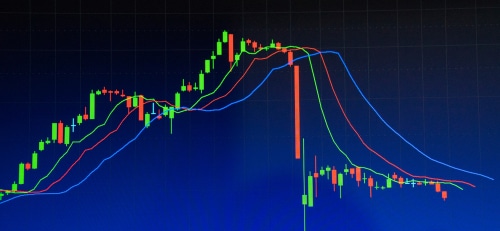Yesterday I hope you all had a welcome rest from your labors. I don’t take too many breaks from publishing The Soleares Report each year but Presidents’ Day is one of them. I need a rest too now and then!
Earlier I posted my third quarter 2015 spreadsheet of variable insurance managed-volatility portfolios on the Featured Research section of the web site. I admit the update is late since we are in the middle of February. I will plan to be timelier in publishing the 4Q15 data. I gather the numbers from variable trust filings with the SEC, which can take a month or more after a quarter’s end to come through. It looks like some year-end 2015 annual statements are just starting to trickle in, so I will get started culling that data soon.
I hope to improve my coverage of managed-volatility portfolios over time as I sense that companies around the industry are very interested in how they are progressing. Such portfolios are now commonly used to help insurers manage the risks associated with variable annuity guaranteed benefits such that, going forward, their performance may help, or hinder, the financial health of insurers.
As I opined already (see the “Dealing With Data” post from September 26, 2014), I confess to sometimes being a bit perplexed as to how to present the data in the spreadsheet. For most of the history of Soleares Research I’ve been primarily concerned with what’s happening in VA contracts and features, so putting the managed-vol portfolio sheet together has been a great exercise in gaining more understanding of the fund side of the business.
Please forgive me if I repeat some of the sentiments from my earlier post. I continue to go back and forth in my mind as to what to do with existing variable portfolios whose mandates were converted to manage for volatility. Should I include assets prior to the change? My solution has been to start the assets from the point of the conversion. How about the portfolio’s commencement date? I have tended to list the point when the portfolio started to manage vols, not before. Hopefully I have been consistent on both fronts. Still, periodically I find mistakes I need to correct.
The asset section of the sheet retains reference to portfolios that have been shut down or merged out of existence, while other worksheets (active funds, advisors, fees and expenses) cover only active funds. On the asset sheet if there’s a zero in the field that means the portfolio was discontinued; blank fields indicate periods prior to a portfolio’s existence.
A particularly interesting case was the Hartford Portfolio Diversifier Fund, once part of the Hartford Series Fund Inc. and later merged into an identical portfolio of the newer HIMCO Variable Insurance Trust. This occurred in the fourth quarter of 2014. In the asset sheet I kept the predecessor fund for historical purposes and simply zeroed out its assets from the time of the change onward.
The tricky thing is that some quarterly reports filed with the SEC for the current HIMCO VIT Portfolio Diversifier Fund include past investment performance (even net asset values) and assets of the predecessor fund, such that I have been tempted to treat both as the same although technically they are not. I have not yet started to cover fund returns yet in the spreadsheet (in my view, EDGAR filings don’t provide consistent return data for every quarter) so if I do, this could mean totally removing citation of the earlier portfolio. Or at the very least, some special notes would be in order.
Another issue is that a few portfolios in my coverage don’t report on a January to December schedule, such that their quarterly statements are a month or so off compared to the rest of the data set. Examples from the latest sheet include the SunAmerica Series Trust’s VCP Total Return Balanced Portfolio and VCP Value Portfolio, whose Q3 statements listed assets through October 31. I would love to come up with an estimate for data that would match up, more or less, with the other portfolios but am unsure how to go about that.
One more thing I should mention is that over time I have deleted reference to portfolios that I discovered don’t really belong in the coverage. I’ll admit that, early on, I painted with broad strokes, including funds that made even passing reference to limiting volatility in their investment objectives. Since then I have sought to put greater emphasis on portfolios that manage vols in a truly meaningful way. I may do more such tweaking in the future.
There you have it. I didn’t mean for this blog to go for so long. My intention was to provide some of my perspective on what it’s like to track industry data. I’m sure many of you will relate to the ups and downs of doing such research!








